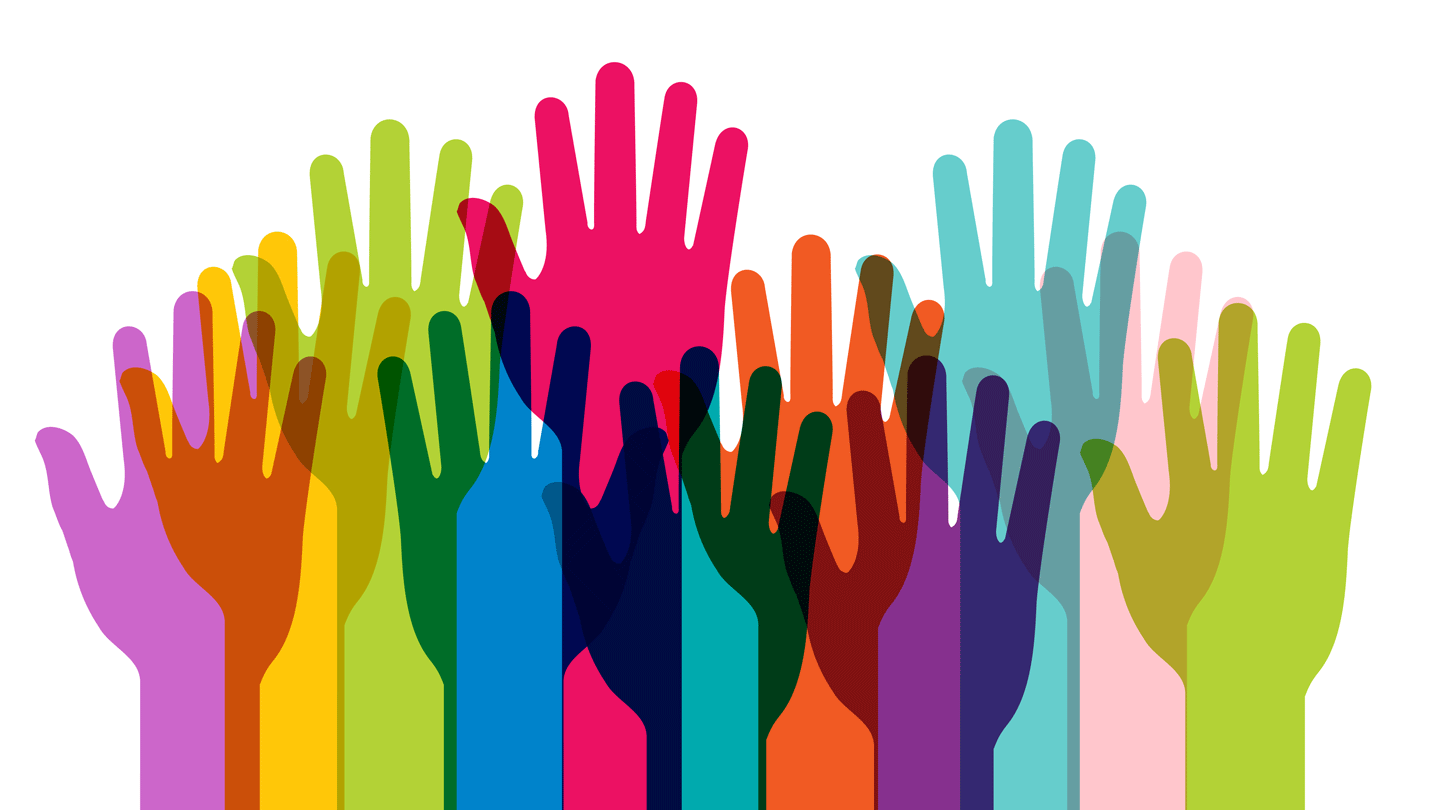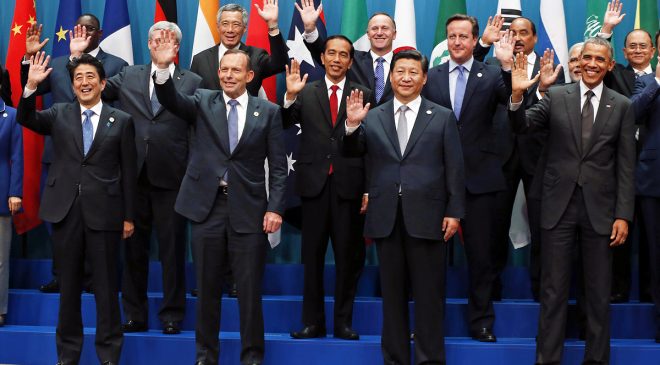Written by Darian Worden.
Occupy Wall Street’s resurrection of the old chant — “this is what democracy looks like!” — rings new in the ears of some, but raises old worries in the minds of others: Fear of tyranny of the majority. Fear of the crowd’s imposition of its will on the minority merely because “there are more of us than there are of them.” Fear that “democracy” may come down to two wolves and a sheep voting on what’s for dinner.
Such fears are not unreasonable. “The will of the majority” is a common excuse for forcing things onto others.
But do most people who like the term democracy — and there are quite a few of them — really think of it as voting over who gets eaten? More likely what they mean by democracy is something like Abraham Lincoln’s “government of the people, by the people, for the people.” Chanting in the street and disrupting business as usual are ways for people to genuinely participate in government that don’t necessarily entail accepting — or promulgating — edicts from on high.
But who are “the people?” How is the term defined? The US Constitution apparently defined it as the existing white male power elite. In self-proclaimed “people’s republics” the ruling party defines “the people” as whomever the ruling party’s constituency happens to be, excluding designated class enemies.
In modern democratic societies however, “the people” tends to be used as shorthand for “the general public.” If “the people” actually means “everybody,” then the most democratic society is one in which power is vested in as many people as equally as possible.
So, the most democratic society is the society which anarchists champion: A society in which all individuals are empowered to prevent others from exerting authoritarian power over them, where power relations are flattened and people interact voluntarily as unique individuals with equal liberties.
What would the democracy of an anarchist society actually look like?
A variety of social and economic arrangements would emerge, each basing its legitimacy on voluntary cooperation. In some of these organizations or networks, a consensus approach would reach decisions acceptable to all participants. In others a cooperative model would put decisions in the hands of affected participants.
Any number of options might emerge, but their shared distinguishing characteristic would be the use of social and economic pressure instead of the threat of state force.
Some of these ideas are seen in practice in current anarchist projects including radical bookstores, informal trading networks, and study and activist groups. What holds them together is that they are all ways of challenging the exercise of political authority power. As anarchist arrangements grow and displace authoritarian relationships their participants adapt specific forms to best serve peoples’ needs.
Contrast this to how “democracy” is implemented in the United States.
Together the two “major” parties share a corner on political power, enforced by inertia, debate structuring and law, including restrictions which make it difficult for other parties to even get on the ballot. Gerrymandered districts help keep incumbents in office. Lobbyists have greater access to legislators than constituents do, and a revolving door remains in constant motion between government agencies and the companies they regulate or purchase from. Politicians listen more closely to those who can give them what they want — financial support to stay in office and influence policy-making — than to those who dispose of a mere single vote. Thus are laws and regulations made by the powerful and forced onto people without their consent.
If you only like the term democracy because you want to enforce your will on others fewer in number or just less empowered, you’ll continually find yourself cutting deals with entrenched powers over whose numbers matter. If you want real democracy — power vested in the people — you should be interested in anarchism.




